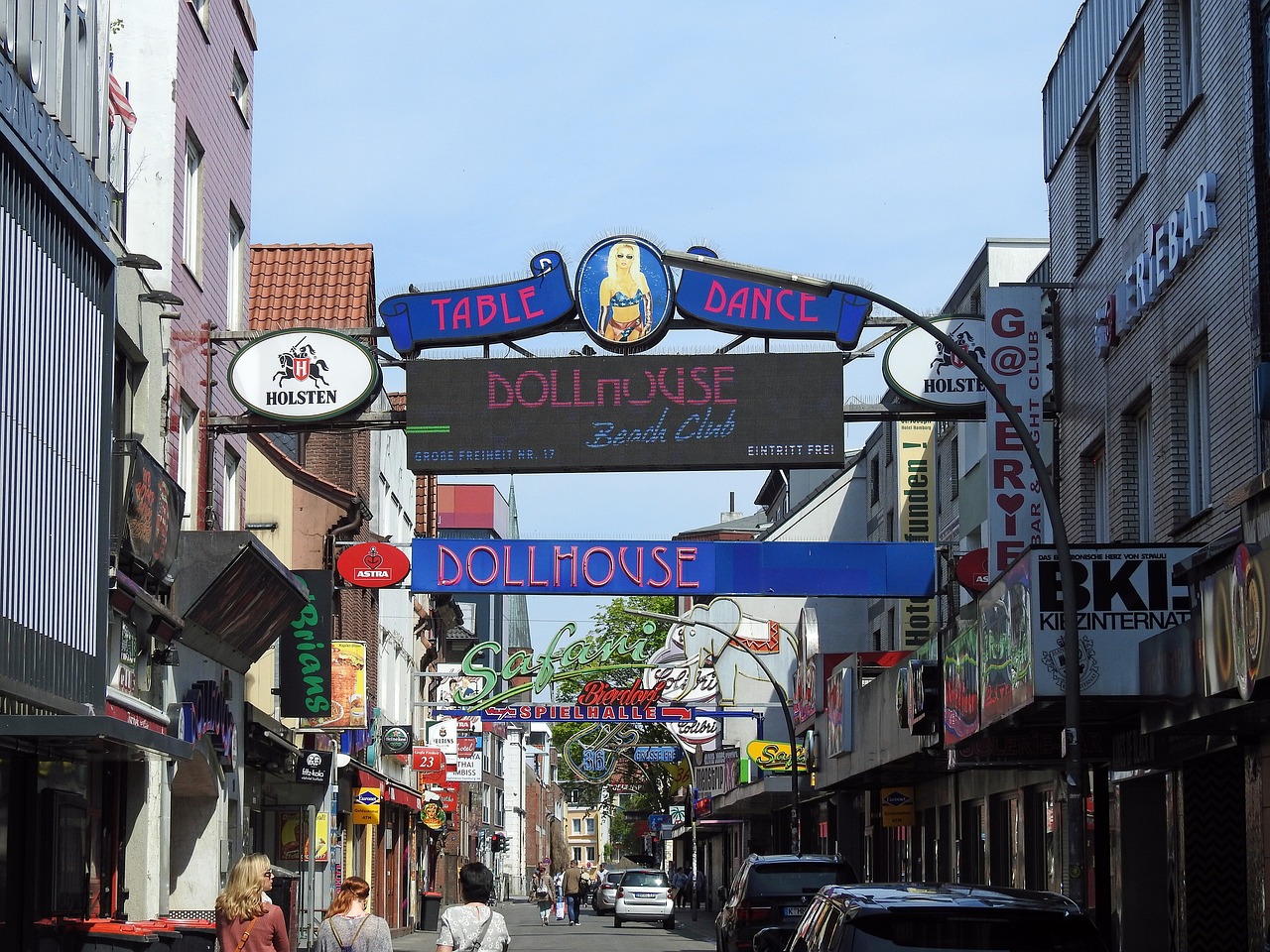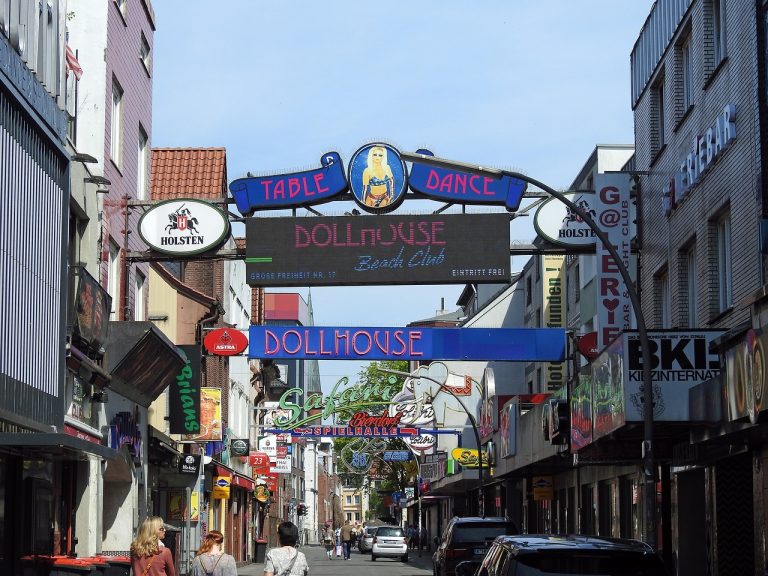Hamburg Germany Video
Public Transportation in Hamburg Germany: A Complete Guide
Public transportation in Hamburg, Germany, is known for its efficiency and convenience. The city offers a comprehensive network of buses, trains, and ferries that make it easy to navigate and explore. Whether you’re a resident or a tourist, understanding the public transportation system is essential for getting around the city. This guide will provide you with all the information you need to know about public transportation in Hamburg.
1. Hamburg Public Transport Authority (HVV): The HVV is the governing body that oversees the public transportation system in Hamburg. They are responsible for managing and coordinating the various modes of transport, including buses, trains, and ferries. The HVV also operates ticketing systems and provides information on routes, schedules, and fares.
- Integrated Ticketing System: The HVV operates an integrated ticketing system, which means that a single ticket can be used across different modes of transport, including buses, trains, and ferries. This makes it convenient for passengers to switch between different modes of transport without purchasing separate tickets.
- HVV App: The HVV has a mobile app that provides real-time information on routes, schedules, and fares. The app also allows users to purchase tickets and plan their journeys in advance. It is available for both iOS and Android devices.
- Ticket Types: The HVV offers a range of ticket options to suit different travel needs. These include single tickets, day tickets, weekly and monthly passes, and group tickets. The tickets are available for different zones, and the fare is determined based on the number of zones traveled.
- Ticket Validation: It is important to validate your ticket before boarding any form of public transport. Ticket validation machines can be found on buses, trains, and ferries. Failure to validate your ticket can result in a fine.
2. Buses: Buses are a popular mode of public transportation in Hamburg, offering extensive coverage throughout the city. They operate on a regular schedule and provide a convenient way to travel to various neighborhoods and attractions.
- Bus Stops: Bus stops are clearly marked with signs indicating the routes and schedules. Most bus stops have digital displays that show real-time information on the arrival and departure times of buses.
- Night Buses: Hamburg also has a network of night buses that operate during the late hours. These buses provide transportation for those who need to travel after regular operating hours.
- Accessibility: Buses in Hamburg are equipped with features to accommodate passengers with disabilities. This includes wheelchair ramps and designated spaces for wheelchair users.
- Bus Rapid Transit (BRT): Hamburg has implemented a Bus Rapid Transit system known as MetroBus. These buses operate on dedicated lanes, providing faster and more reliable service.
3. Trains: Trains are another integral part of Hamburg’s public transportation system. The city has an extensive network of suburban trains, regional trains, and underground trains, providing efficient and fast connections to various destinations.
- S-Bahn: The S-Bahn is Hamburg’s suburban train network, connecting the city center with the surrounding suburbs. It offers frequent service and operates on a fixed schedule.
- U-Bahn: The U-Bahn is Hamburg’s underground train system, serving the city center and nearby areas. It provides quick transportation within the city, with frequent stops at major attractions and neighborhoods.
- Regional Trains: Hamburg is well-connected to other cities and regions through its regional train services. These trains offer comfortable and efficient transportation for longer distances.
- Train Stations: Hamburg has several train stations, including the central Hauptbahnhof station, which is one of the largest and busiest train stations in Europe. Other major stations include Altona, Dammtor, and Harburg.
4. Ferries: Hamburg’s unique geography, with its numerous waterways and canals, allows for the operation of a comprehensive ferry system. Ferries provide an enjoyable and scenic way to travel across the city.
- Elbe River Ferries: Hamburg has ferry services that operate on the Elbe River, connecting various neighborhoods and attractions along the riverbanks. These ferries offer stunning views of the city’s skyline and waterfront.
- Harbor Ferries: Hamburg’s harbor is a bustling hub of activity, and harbor ferries provide transportation to different parts of the harbor area. They offer a unique perspective of the city’s maritime heritage.
- Ferry Terminals: Ferry terminals can be found along the riverbanks and harbor areas. They are easily accessible and well-connected to other modes of public transportation.
5. Cycling: Hamburg is a bike-friendly city, and cycling is a popular mode of transportation for both residents and tourists. The city has an extensive network of bike lanes and bike-sharing programs, making it easy to explore Hamburg on two wheels.
- Bike Lanes: Hamburg has dedicated bike lanes throughout the city, ensuring the safety of cyclists. These lanes are well-marked and separate from vehicular traffic.
- Bike-Sharing Programs: Hamburg offers bike-sharing programs, such as StadtRAD, where residents and visitors can rent bicycles for short-term use. These programs provide a convenient and eco-friendly way to get around the city.
- Bike-Friendly Infrastructure: The city has implemented various measures to promote cycling, including bike parking facilities, bike repair stations, and traffic signals specifically designed for cyclists.
6. Park and Ride: Hamburg encourages the use of Park and Ride facilities, which allow commuters to park their vehicles outside the city center and continue their journey using public transportation.
- Facilities: Park and Ride facilities are located at various train and subway stations throughout the city. They offer secure parking spaces for cars and bicycles.
- Cost and Convenience: Park and Ride facilities provide a cost-effective and convenient option for travelers, allowing them to avoid city center traffic and parking hassles.
- Integration with Public Transport: Park and Ride facilities are strategically located near public transportation hubs, making it easy to transfer from the car to a bus, train, or ferry.
7. Taxi Services: Taxis are readily available in Hamburg and provide a convenient option for getting around, especially during late hours or when traveling with heavy luggage.
- Taxi Stands: Taxi stands can be found at various locations throughout the city, including train stations, airports, and major attractions. Taxis can also be hailed on the street.
- Uber: Uber operates in Hamburg, providing an alternative to traditional taxis. The Uber app allows users to request a ride and track the arrival of their driver.
- Taxi Fares: Taxis in Hamburg operate on a metered fare system. It is advisable to confirm the fare with the driver before starting the journey.
8. Rideshare Services: In addition to taxis, rideshare services like Lyft and Free Now (formerly MyTaxi) operate in Hamburg, offering an alternative to traditional taxis.
- Rideshare Apps: Rideshare services can be accessed through mobile apps, allowing users to request a ride and pay for it electronically.
- Availability: Rideshare services are available throughout the city and can be a convenient option, especially during peak hours or when public transportation is less frequent.
- Driver Ratings: Rideshare services allow users to rate their drivers, ensuring a level of accountability and quality control.
9. Accessibility: Hamburg’s public transportation system is designed to be accessible to people with disabilities, ensuring that everyone can travel comfortably and independently.
- Wheelchair Accessibility: Buses, trains, and ferries in Hamburg are equipped with features to accommodate passengers with disabilities, including wheelchair ramps and designated spaces.
- Accessible Stations: Train and subway stations in Hamburg have elevators and ramps, making it easier for people with mobility impairments to navigate the public transportation system.
- Information and Assistance: The HVV provides information and assistance for passengers with disabilities, including accessible journey planning and dedicated customer service channels.
10. Safety and Security: Hamburg’s public transportation system is generally safe and reliable. However, it is important to take precautions and be aware of your surroundings.
- Emergency Situations: In case of emergency, each mode of public transportation is equipped with emergency intercoms or buttons to contact the authorities.
- Personal Belongings: Keep an eye on your personal belongings while using public transportation, especially in crowded areas. Avoid displaying valuable items and be cautious of pickpockets.
- Plan Your Journey: Before traveling, familiarize yourself with the routes, schedules, and connections to ensure a smooth and hassle-free journey.
Exploring Hamburg using public transportation is a convenient and efficient way to experience the city. The comprehensive network of buses, trains, and ferries, combined with the city’s bike-friendly infrastructure, ensures that residents and tourists can easily navigate Hamburg’s attractions and neighborhoods.
References:
- hvv.de
- hamburg.com
- bahn.com
- hamburg.de
- stadtrad.hamburg.de
Hamburg Germany Image 1:

Hamburg Germany Image 2:

Hamburg Germany Image 3:








